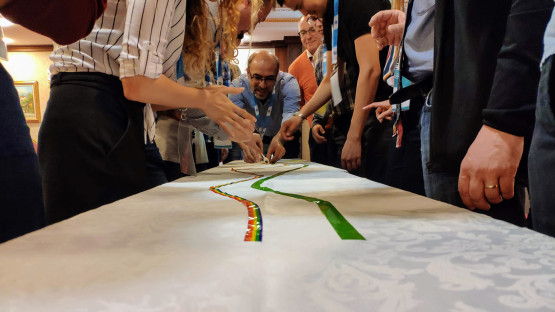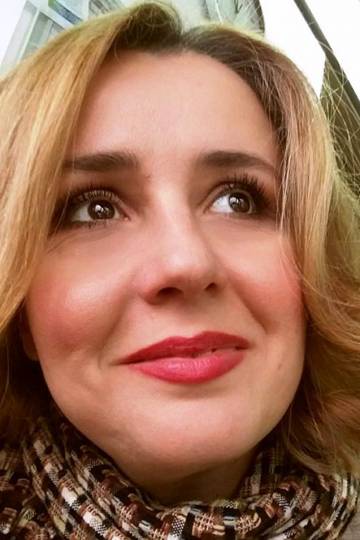Leadership for nuclear safety and the development of a strong safety culture within organizations requires creating space for open and meaningful discussions between nuclear professionals of different backgrounds, participants of the IAEA School of Nuclear and Radiological Leadership for Safety held in Ankara, Turkey from 22 April to 3 May 2019, have said.
Safety leadership is particularly important in nuclear and radiological work environments, in both routine and emergency situations, due to their inherent complexities. The IAEA school on leadership for safety helps early- to mid-career nuclear and radiation professionals develop the skills they need to lead for safety throughout their careers.
Twenty-nine professionals from regulatory bodies, nuclear operators and technical organizations in 14 countries participated in the course held in Turkey. They analyzed case studies, conducted exercises, took part in discussions and listened to invited experts’ presentations on nuclear and radiation safety, including emergency preparedness. The course was held in the framework of an IAEA technical cooperation project on enhancing capacity-building activities in European nuclear and radiation safety organizations for the safe operation of facilities.
School participants said the course provided an environment for discussions that build safety leadership and offered inspiration and strategies for doing the same at their institutions.









